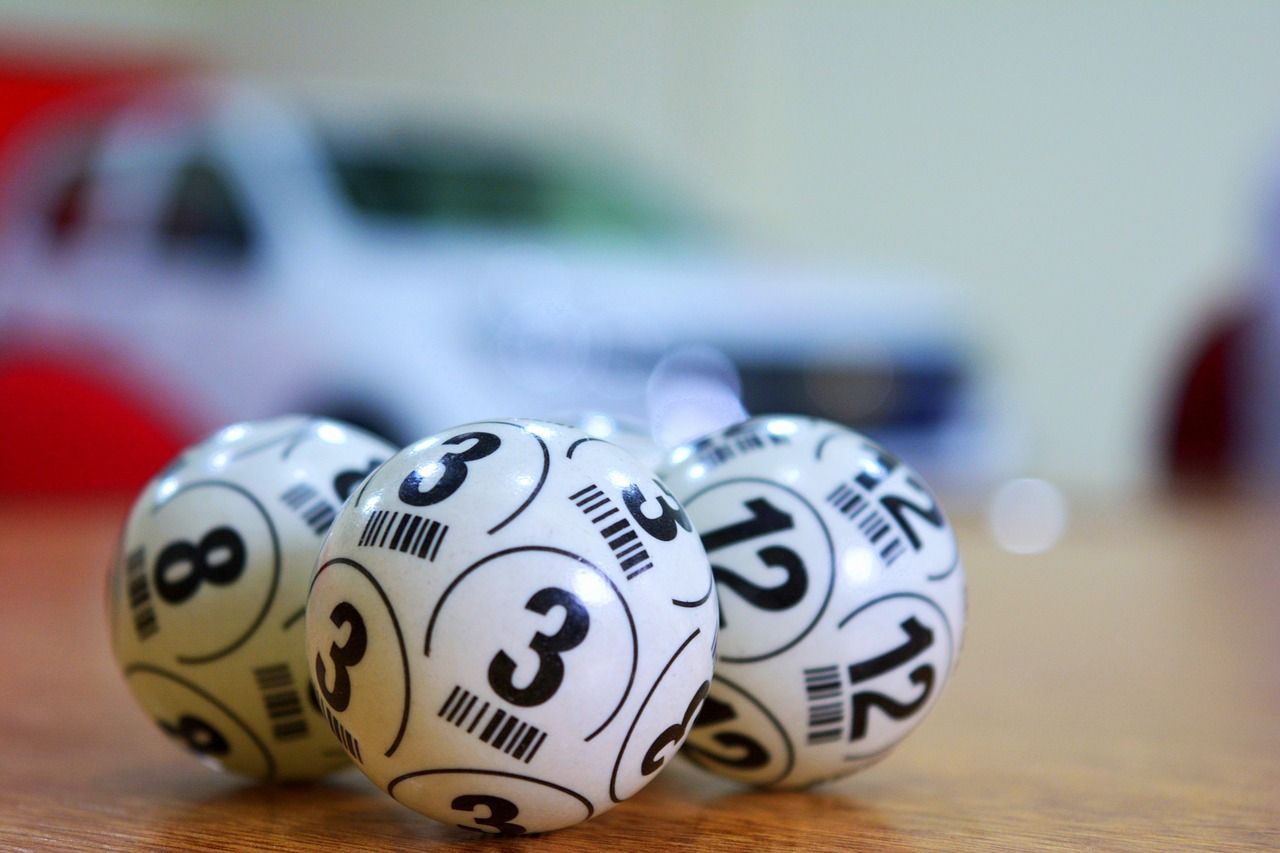Lotteries have captivated people’s imaginations for centuries, offering the tantalizing prospect of life-changing winnings for a modest investment. A lottery draw is the heart of this exciting process, where numbers are selected randomly to determine the winners. This article delves into the intricacies of data cambodia, including how they work, the different types, the odds involved, and the impact they have on society.
What is a Lottery Draw?
A lottery draw is a process where numbers are randomly selected from a pool of possible numbers to determine winners of a lottery game. The draw can be conducted in various ways, including:
- Mechanical Draw: Traditionally, this involves a drum filled with numbered balls that are mixed and drawn out one at a time.
- Electronic Draw: In modern lotteries, draws may be conducted using electronic random number generators that produce results instantly and are often broadcast live to enhance transparency.
Types of Lottery Draws
Lotteries can vary significantly based on their format and rules. Here are some common types of lottery draws:
- Number Draws: Players select a series of numbers (e.g., 6 out of 49). Winners are determined by matching the drawn numbers.
- Instant Win Games: Players buy tickets that reveal if they’ve won immediately. These often have scratch-off surfaces or reveal the results instantly.
- Raffle Draws: Participants purchase tickets with a unique number, and winners are drawn at random from the pool of ticket numbers.
- Progressive Jackpots: In these lotteries, a portion of ticket sales is added to a jackpot that continues to grow until someone wins, often leading to staggering prize amounts.
How Lottery Draws Work
- Ticket Purchase: Players purchase tickets, selecting their numbers or opting for a quick pick, where numbers are randomly generated for them.
- Draw Announcement: A date and time are set for the draw. This is often promoted through various media to build excitement.
- Conducting the Draw: During the draw, the chosen method (mechanical or electronic) is employed to randomly select the winning numbers. This process is usually overseen by officials to ensure fairness.
- Winning Notification: Once the draw is complete, results are announced, and players can check their tickets against the winning numbers.
- Claiming Prizes: Winners can claim their prizes at designated locations, often requiring proof of identity and the winning ticket.
The Odds of Winning
Understanding the odds is crucial for anyone participating in a lottery. Each lottery has different odds based on its structure. Generally, the odds of winning a jackpot are quite low, often in the millions to one. For example, in a typical 6/49 lottery, the odds of winning the jackpot are approximately 1 in 13,983,816.
Despite the low odds, many players are drawn to the excitement and hope associated with lottery draws, often leading them to play consistently over time.
The Impact of Lottery Draws
Lottery draws can have significant social and economic implications:
- Funding for Public Services: Many state-run lotteries allocate a portion of their revenue to support public services, such as education, healthcare, and infrastructure.
- Economic Boost: Lottery ticket sales can stimulate local economies and create jobs in the retail sector.
- Gambling Addiction: While lotteries can be entertaining, they also carry the risk of gambling addiction. Responsible gaming measures are essential to ensure that players gamble within their means.
- Cultural Significance: Lotteries often become a part of the local culture, with communities coming together to celebrate big draws and share in the excitement.
